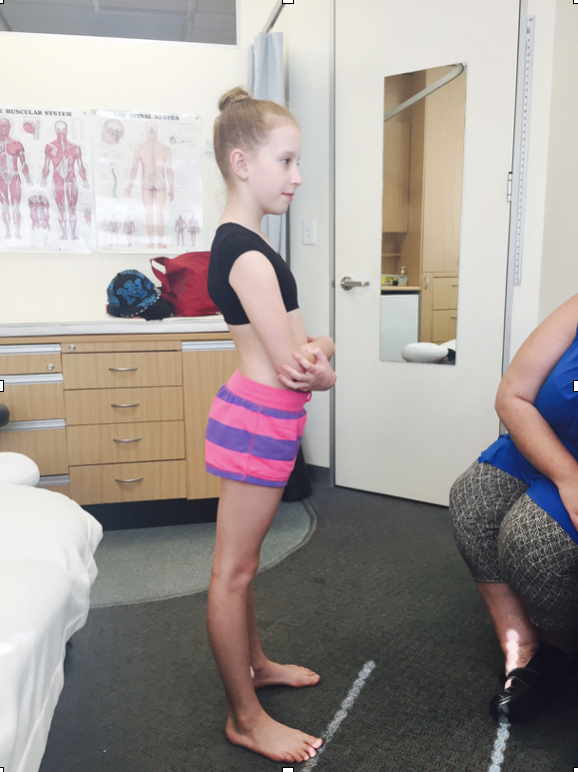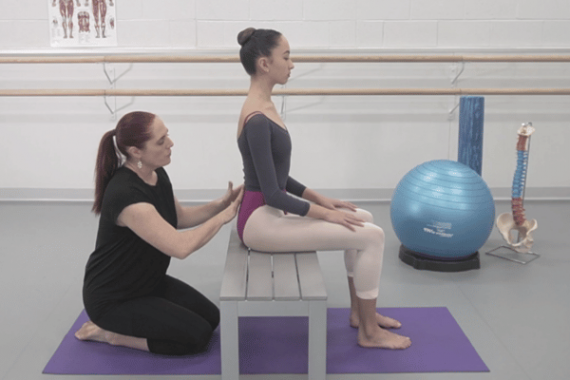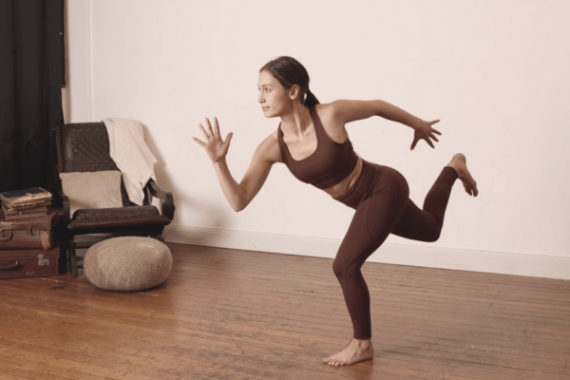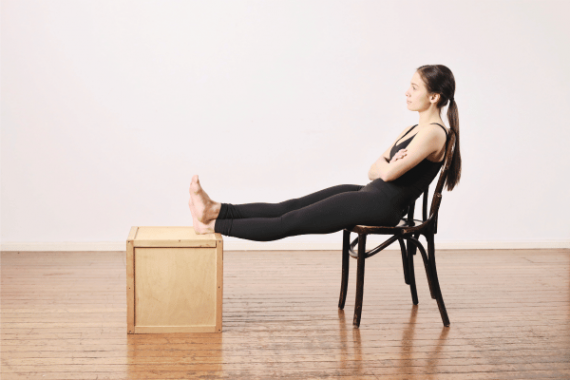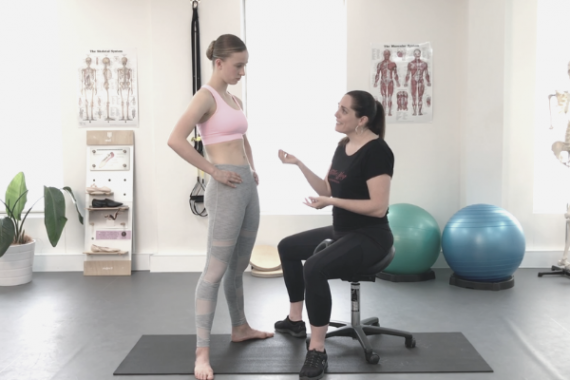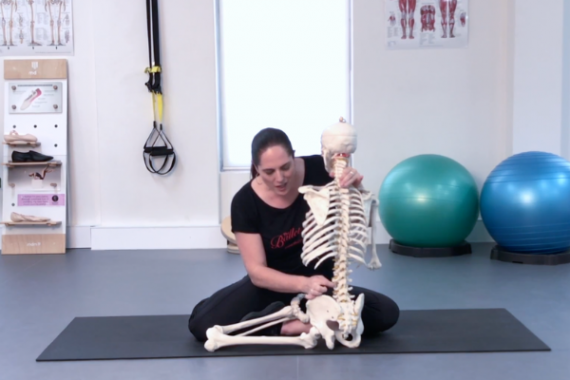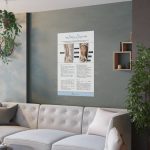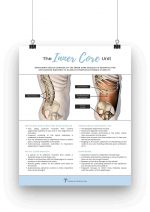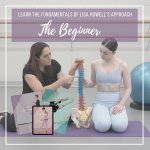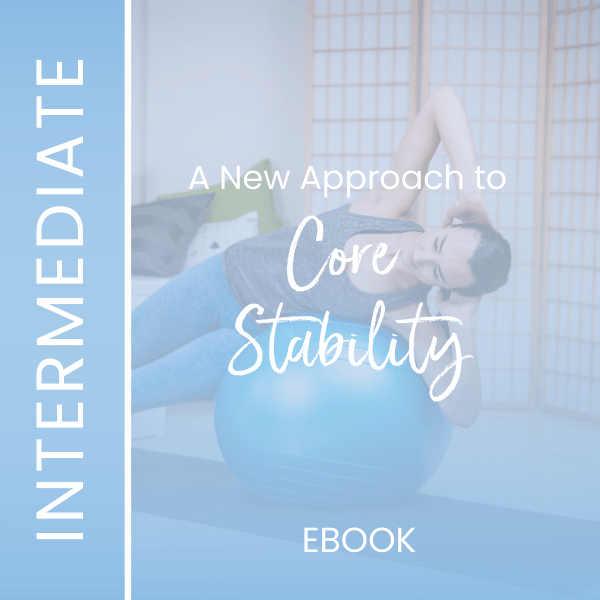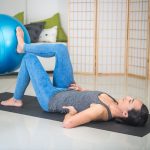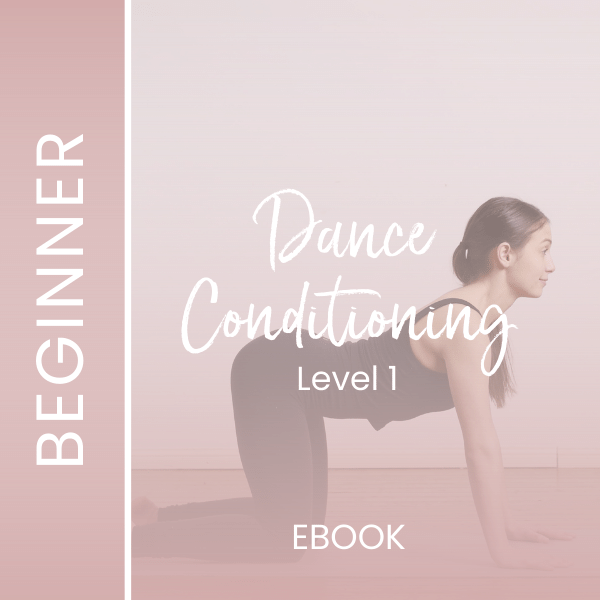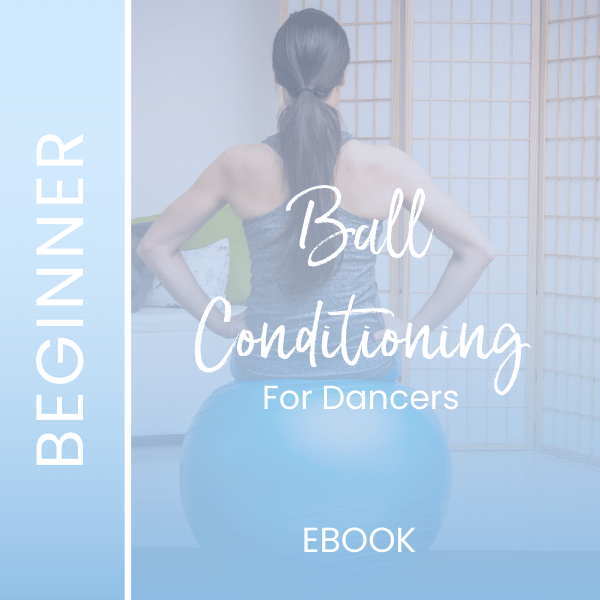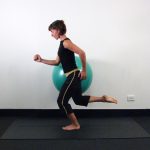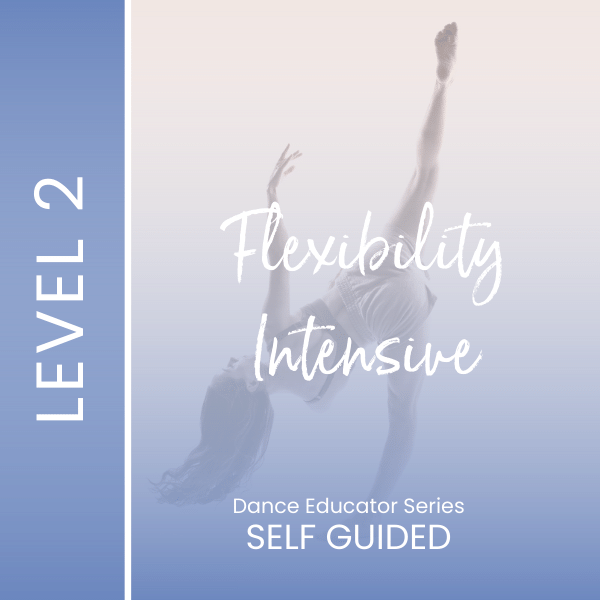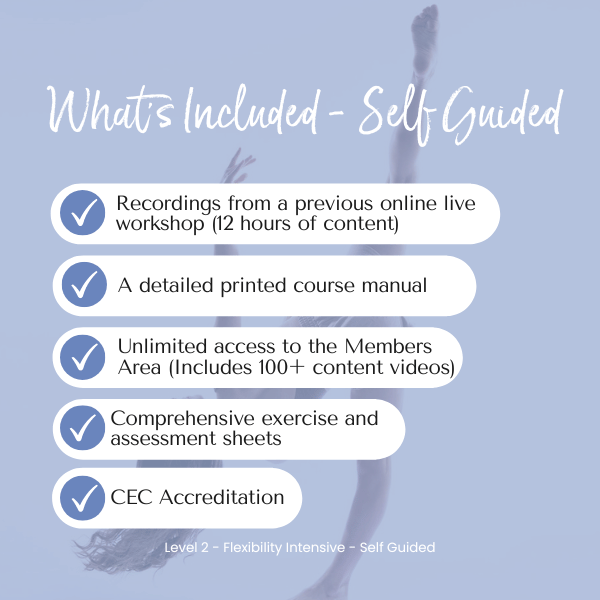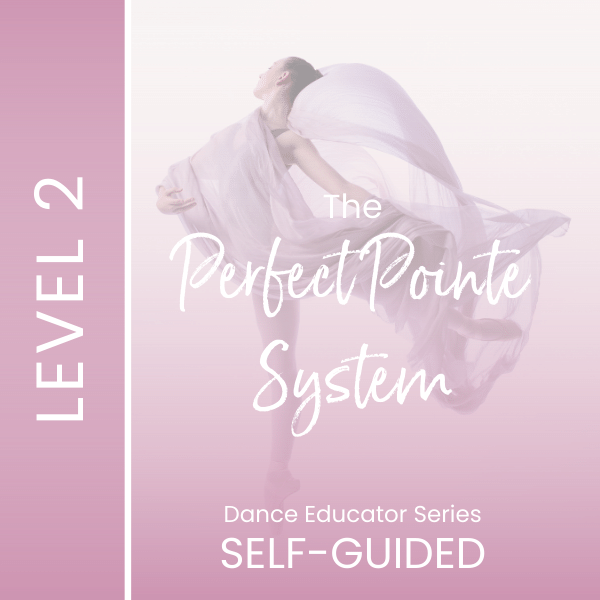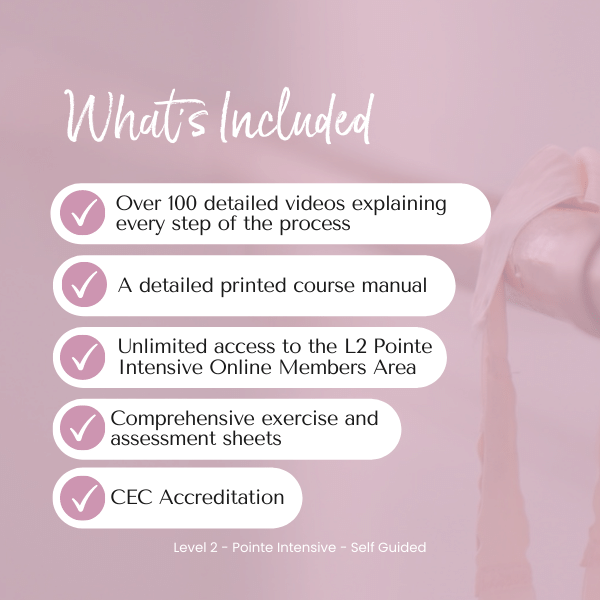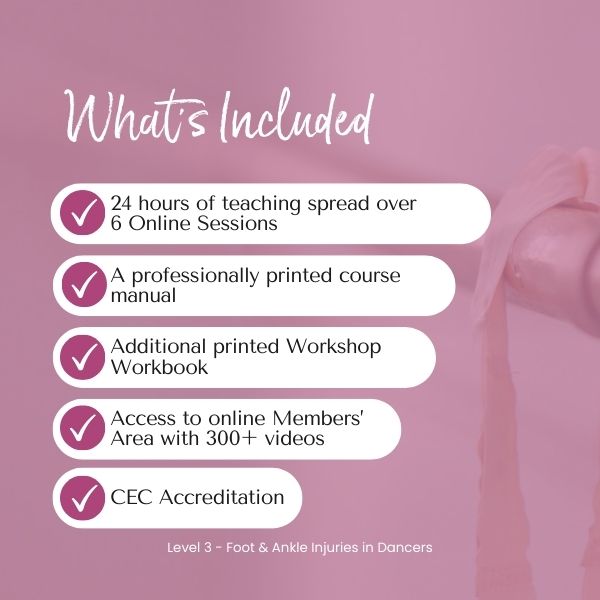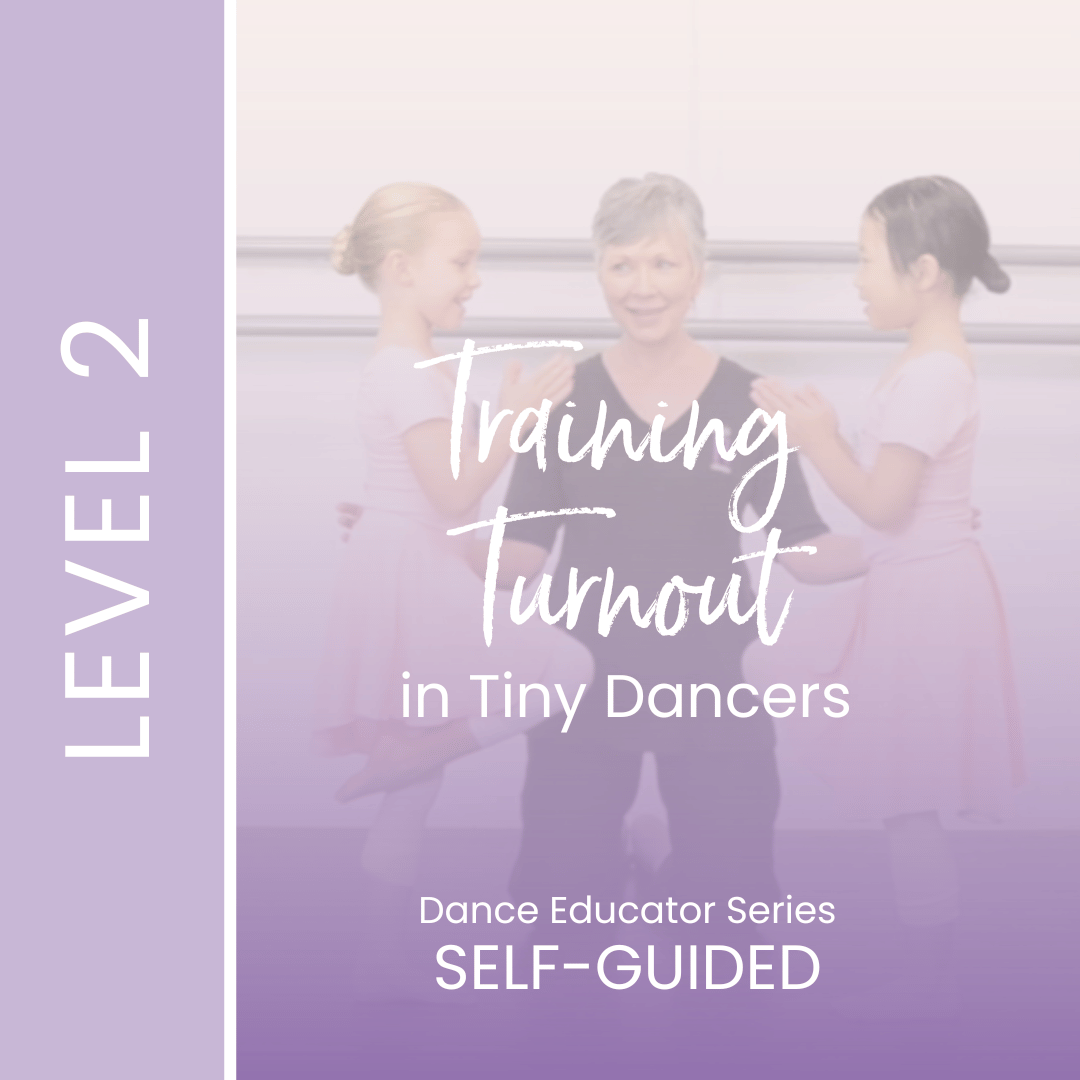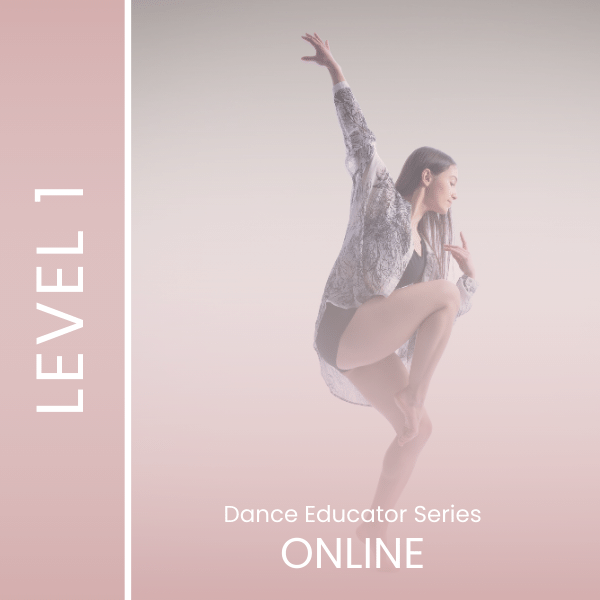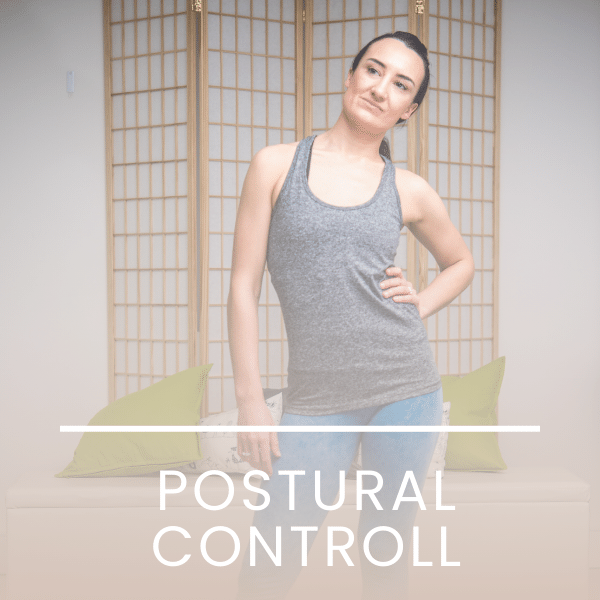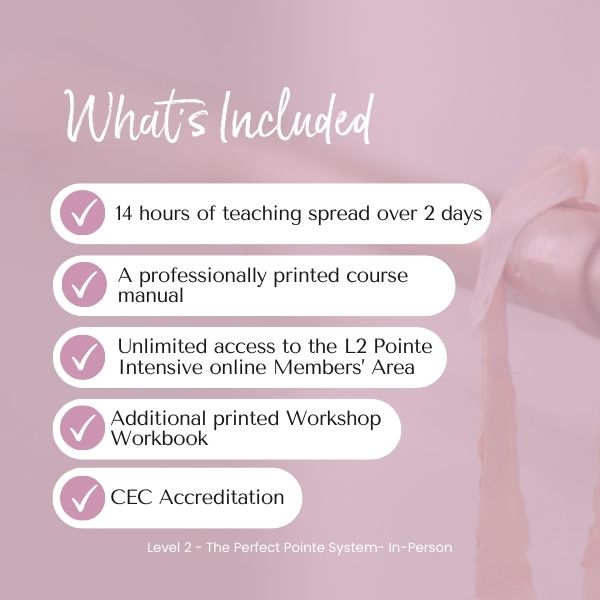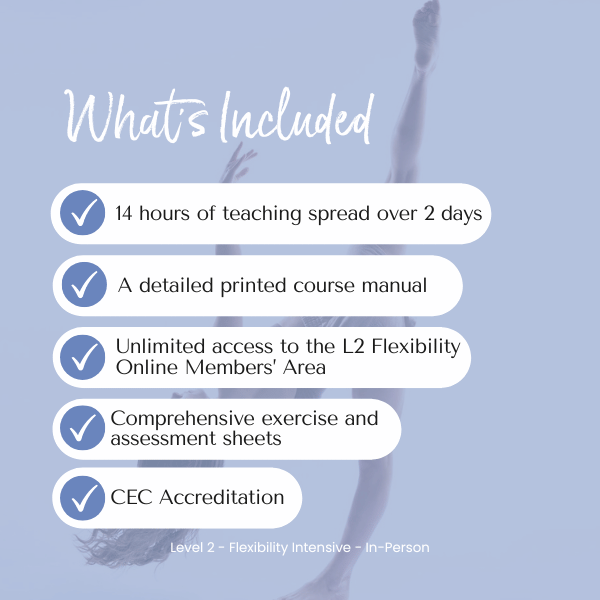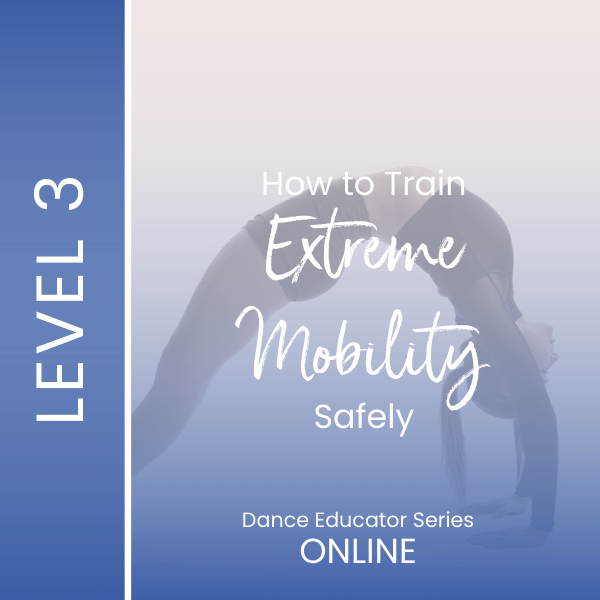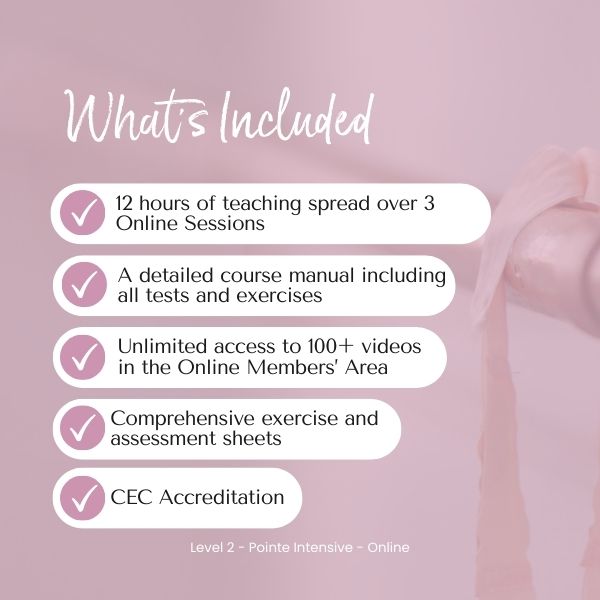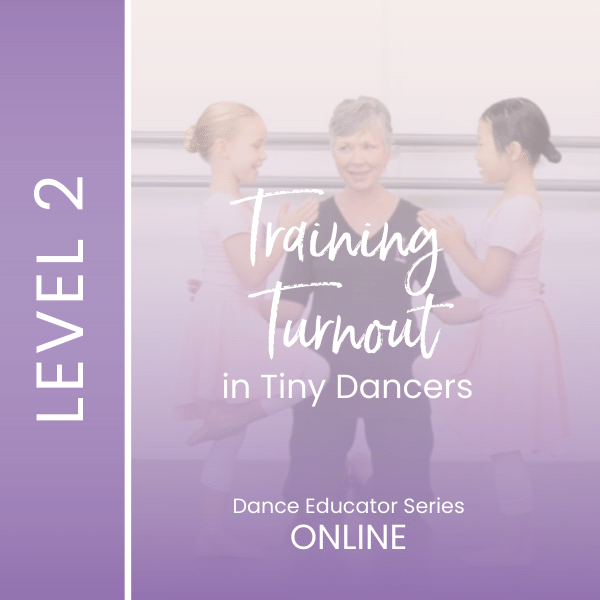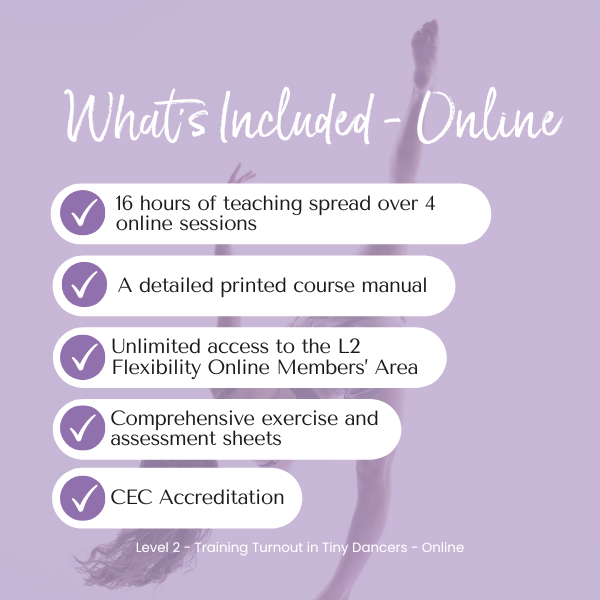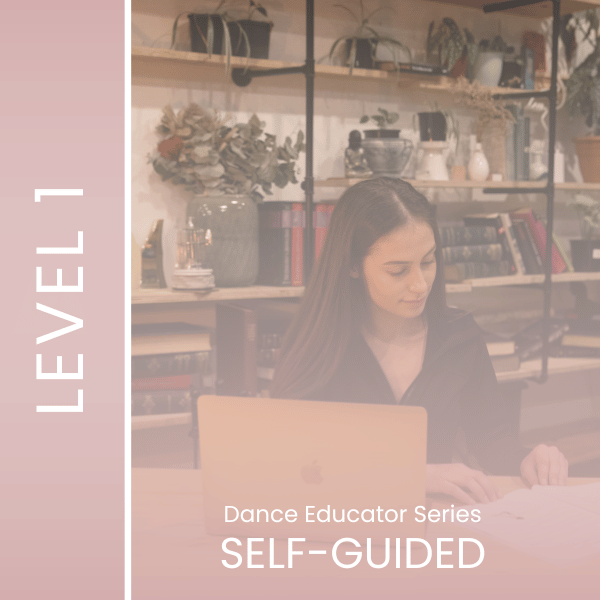- Free Articles
- Shop
- Workshops
- The Dance Educator Series
- L1 – The Fundamentals
- L2 – Pointe Intensive
- L2 – Flexibility Intensive
- L2 – Training Turnout in Tiny Dancers
- L3 – Foot & Ankle Injuries in Dancers – NEW
- L3 – Hip Injuries in Dancers
- L3 – How to Train Extreme Mobility Safely
- Upcoming Workshops
- Workshop FAQ’s
- Workshop Testimonials
- Host Application Form
- Dance Teacher & Health Professional Directory
- Members Areas
- Cart
- My Account
In many of my workshops with dance teachers all over the world I raise the potential issues related to a lack of crawling in toddlers and its effect on a dancer's training later down the track. Exploring your own stability on all fours, and how this relates to functional stability of the core is enlightening for many!
Crawling is a very important developmental milestone to not only go through, but also to revisit frequently to develop and maintain optimal functioning of the human body. While many teachers understand the relevance of this themselves, and have reported dramatic changes in their students progress after incorporating some of the exercises that we encourage, however the common question is "How do I explain it to the parents?" Teachers are worried that the parents of dancers will be upset if their child is crawling in dance class rather than standing in first position, so this post aims to explain why it's so important.
The following article outlines why it is important to include work on hands and knees in dance class, and the many benefits to doing so, as well as a few words of caution, in six key areas of focus.
- Dance class is often the first, formal physical training that an individual gets
- Many children miss out crawling for various reasons
- Crawling helps activate important muscular and fascial slings that are essential for dynamic stability
- Poor stability in these slings results in difficulty maintaining a good posture in class and with movement
- Research indicates many cognitive benefits to crawling and cross-pattered work
- Including crawling in class is a simple and fun way to improve core stability in dancers
Please Note! - If any individual happened to miss out crawling all is not lost. The benefits of crawling may have been developed through various other forms of physical exercise such as rock climbing, climbing trees swimming or gymnastics. However, most students will benefit from exploring some of the ideas outlined here, and including these kinds of exercises into their conditioning programs. In A New Approach to Core Stability program there is an entire section devoted to work on hands and knees, which is hugely beneficial for human beings of all walks of life, not just dancers.
Please also note that if a student experiences knee pain, it is wise to deal with this first. Adolescents that have acute knee pain should not be made to crawl if this is painful, however, often knee pain can be linked to a weakness in the very slings that crawling develops. In this situation the Adult Crawling exercise may be more suitable.
1. Dance class is often the first, formal physical training that an individual gets
When students are enrolled in dance class at 2, 3 or 4 years of age, the dance teacher is often the child's primary physical educator, and this usually continues to be the case for many years. Children are (hopefully) running and jumping and playing outside of class, however for many young individuals dance class is the only time that they are actually moving in an orchestrated way. This places huge responsibility on the dance teacher, as they become responsible for the general physical development of the child in their care. This means teaching them how to be a functional human being, not just a dancer.
In any field, our primary duty of care is to first do no harm. One of the biggest flaws I see against this is seeing very young children in 'baby ballet' classes being trained in a turned out position. When a toddler cannot balance on one leg (completely normal) it is impossible to expect them to be able to stabilise the pelvis enough to effectively turn out the legs. Introducing games that utilise crawling and balancing on one leg in parallel in junior classes is a great way to make sure that all children develop the strength and coordination needed to move on with more formal training in the older levels.
2. Many children miss out crawling for various reasons
Premature babies who have less time in the womb to fully develop also often spend time in an incubator in the first few weeks of life with their movement limited by wires and tubes. This may have an effect on the development of the young babies natural movement patterns. Thomas Myers, a leading researcher in the development of the fascial system, wrote a very interesting article about the development of fascial lines in utero, and how swaddling a new baby may shut down some of the already developing pathways in the body.
Crawling is considered an essential developmental stage and if it is missed out, or limited, this may have an effect on the stability of the child. Variations in a natural aptitude for crawling may happen for any number of reasons, from the season that the baby is born in, the weight of the child (Bigger babies sometimes find it harder to sit up and to move) to position in the family, and even cultural differences may play a part. I have discovered that some nationalities discourage crawling in young babies, preferring to carry the child or have it in a pram.
Some babies discover alternative ways of moving themselves around, including an asymmetrical "bum shuffle". If this is effective for them they may avoid crawling and scoot around on their bottom until they have the strength to stand up. The following video is a great visual record of one babies exploration of movement and development of crawling. Personality may also have an influence on the development of our physical body: From the “Me too!” attitude that brings a child into standing early (thus limiting the amount of time spent crawling), through to the postural habits of introverted adolescents and their extroverted, confident peers, how we feel about ourselves truly shapes us.

3. Crawling helps activate important muscular and fascial slings that are essential for dynamic stability
While many people are now aware of the deepest core stabilisers, many are unaware of the essential muscular slings and fascial lines that actually provide stability with movement. Many people have a model of the body that includes each of the separate muscles. In reality, muscles work together in slings and coupled movements to create optimal and effective movement.
There are 3 main muscular slings that help us move around efficiently.
The Anterior Oblique Sling includes the inner thigh muscles (Adductors) and the External Oblique on the opposite side. This is one of the main connections that is developed when a baby/adult/animal moves around on all fours, and is extremely important in normal walking as well as for dancers in supporting the leg when lifted in a developpé or an attitude devant.
The Posterior Oblique Sling includes the Latissimus Dorsi and the Gluteus Maximus and Medius and is very important in normal walking, as well as any work in derrière.
The Lateral Sling comprises of the Gluteus Medius, Gluteus Minimus, TFL and ITB on one side, along with the QL and deep adductors on the opposite side. This sling system gives us stability when standing on one leg.
The Fascial Lines that are deeply connected with these muscular slings are also very important in both developing optimal mobility, and strength without bulk, essential elements for any dancer. There are 12 specific fascial lines or myofacial meridians (according to Tom Myers who developed the Anatomy Trains model). Well developed fascial integrity allows dynamic stability in multiple directions which is obviously essential for a dancer.

4. Poor stability in these slings results in difficulty maintaining a good posture in class and with movement
If children fail to crawl for very long as an infant and miss out on the natural strengthening of the muscular slings and fascial lines this may result in the anteriorly tilted, rounded tummy posture common in some children. Most youngsters will go through this posture at some point, and the majority of them naturally correct this over time, however some students appear to get stuck at this stage. Many teachers find it hard to work with children who stand in this position as they need contact correction, and lose control as soon as they start to move. Even the most dedicated young student will struggle if these naturally automatic systems are under conscious control.
Lack of this sling development may also occur due to the sedentary lifestyle that many people have, and the lack of outdoor space to play in that most children have. If this sling is not well defined, the child will often tend to sit back into their knees, and slump through the upper body. They will often lack the strength and endurance needed to be able to hold a good position for any period of time, and will need constant prompting to “stand up straight!”
Some young people lack the varied physical exercise needed to develop these patterns naturally or only perform certain movement patterns in their structured dance classes. However, there are lots of ways to bring fun and engaging exercises into the studio, that will have many benefits on both cognitive and physical development.
